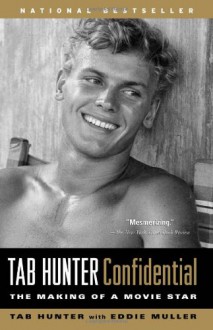
THE GALAXY BRITAIN BUILT: The British Talent Behind Star Wars
David Whiteley
Foreword By Robert Watts: Star Wars Production Supervisor And Producer
Publisher: BearManor Media
Release date: December 11, 2019
ASIN: B081YKQ2P7
https://www.amazon.com/Galaxy-Britain-Built-British-hardback/dp/1629334995
David Whiteley's exploration into the behind-the-scenes British talent involved with the Star Wars franchise was first made public in a 1917 60-minute documentary broadcast over BBC television. Google the title The Galaxy Britain Built, and you'll hit on the YouTube and BBC trailers, videos, and interviews conducted by David Whiteley promoting the film throughout 2017 and especially 2018.
If you explore any of Whiteley's online videos or his new BearManor Media book, you'll quickly learn how proud he is to have been born on May 4, 1977, known to fans as Star Wars day. So, in his opinion, he grew up with the franchise and became devoted to investigating how so much Star Wars work took place in Elstree Studios in North London. Why London and not Hollywood? Costs. The studios didn't want to invest too heavily in a science-fiction film as sci-fi hadn't been big box office for them.
As it turned out, the British talent who worked on the films on the smallest of budgets and the tightest of schedules were just what the project needed, especially in terms of costumes, props, and sets. The results were so outstanding that lucas returned to Elstreet again and again, using as much of the original talent as he could retain.
Whiteley's book chronicles to beginnings of the British work in the hot summer of 1976 through undreamed of sequels produced decades later. The stories are built on interviews with participants even the most devoted Star Wars aficionados might not have heard of: These include Robert Watts, Les Dilley, Nick Maley, Roger Christian, Peter Beale, Gareth Edwards, Colin Goudie and Louise Mollo.
All of those involved contribute so many anecdotes about how the Star Wars mythos came to be. For example, Roger Christian tells us, "We called it the laser sword because we were British! I knew the lightsaber was the Excalibur of this film! I
knew it would be the iconic image . . . I went to Brunnings on Great Marlborough Street in London, whom we rented all our film equipment from: photography, anything we needed, and I’d buy equipment there. I just said to the owner, ‘Do you have anything here
that’s unusual, or stuff that might be interesting?’ He pointed me over to the side of the room. He said, ‘There’s a load of boxes under there, I haven’t
looked at those for years, go and have a rummage through.’ And it was the first box, it literally was covered in dust. It hadn’t been out for, I don’t
know, fifteen or twenty years. I pulled it out, opened the lid and there was tissue paper and then when I pulled it open . . . out came a Graflex handle from a 1940s press camera. I just took it and I went ‘There it is! This is the Holy Grail.’"
The Galaxy Britain Built is page-after-page of such nuggets and revelations. I imagine many diehard Star Wars fans will have heard many of these stories before. But I doubt all of them
Without question, you got to be a serious Star Wars fan to one degree or another to want to dive into this book, no matter how much you think you already know about the production history of the saga. It's a fast read as we get one short chunk of one interview, then another, then another, and so on. I definitely had a feeling I was taken behind the sets and scripts and actors to see how a galaxy far away had been built with a deepened sense of just how collaborative moviemaking is. If that sort of stuff is your cuppa tea, then David Whiteley's book is just for you.
This review first appeared at BookPleasures.com on Sun. Jan. 12, 2020:


 Log in with Facebook
Log in with Facebook 









